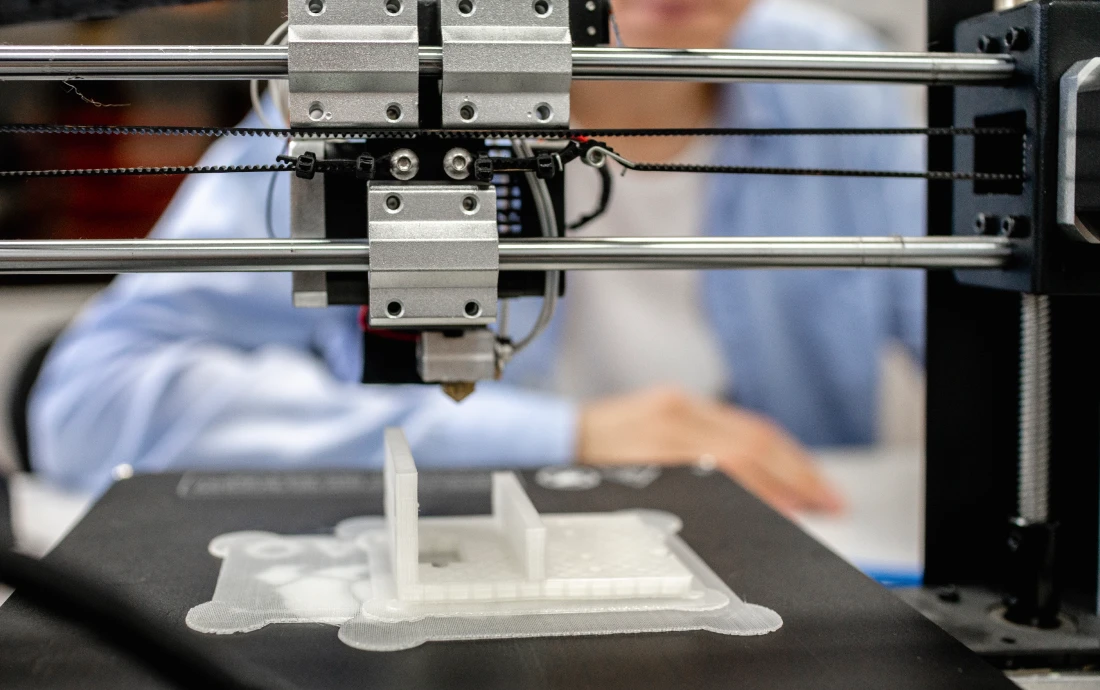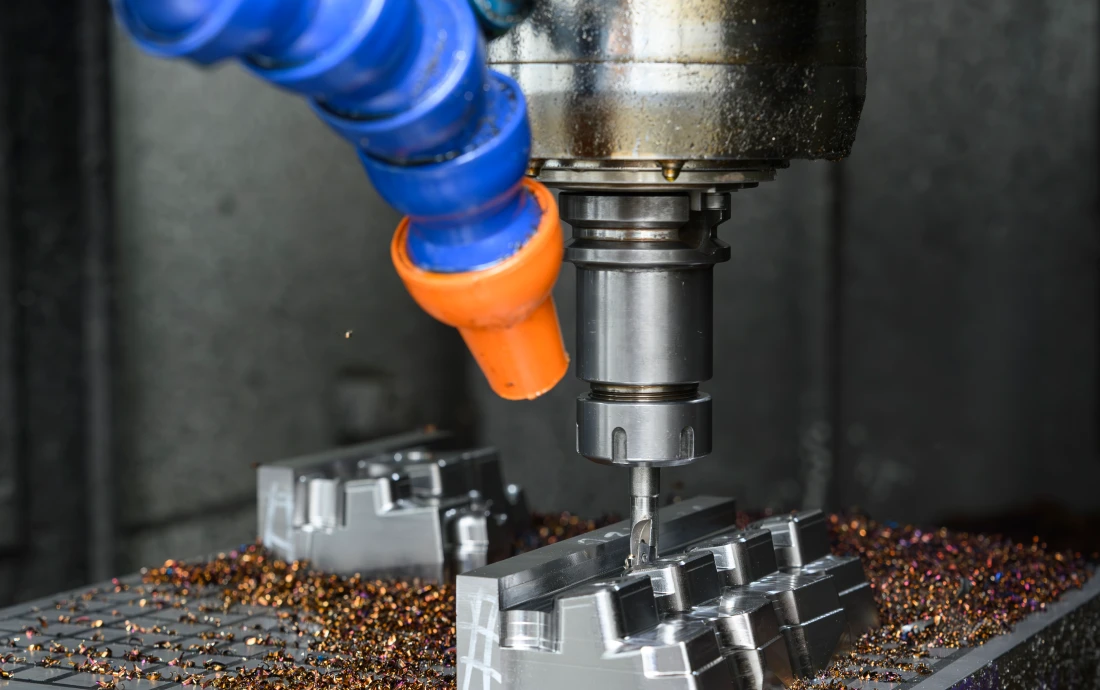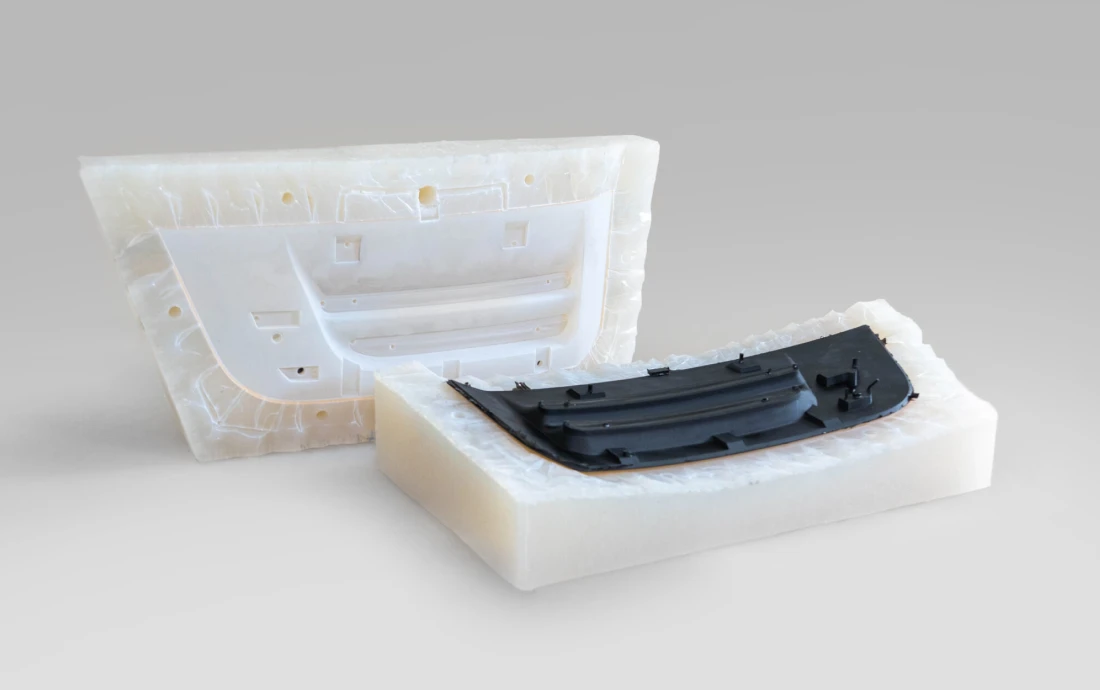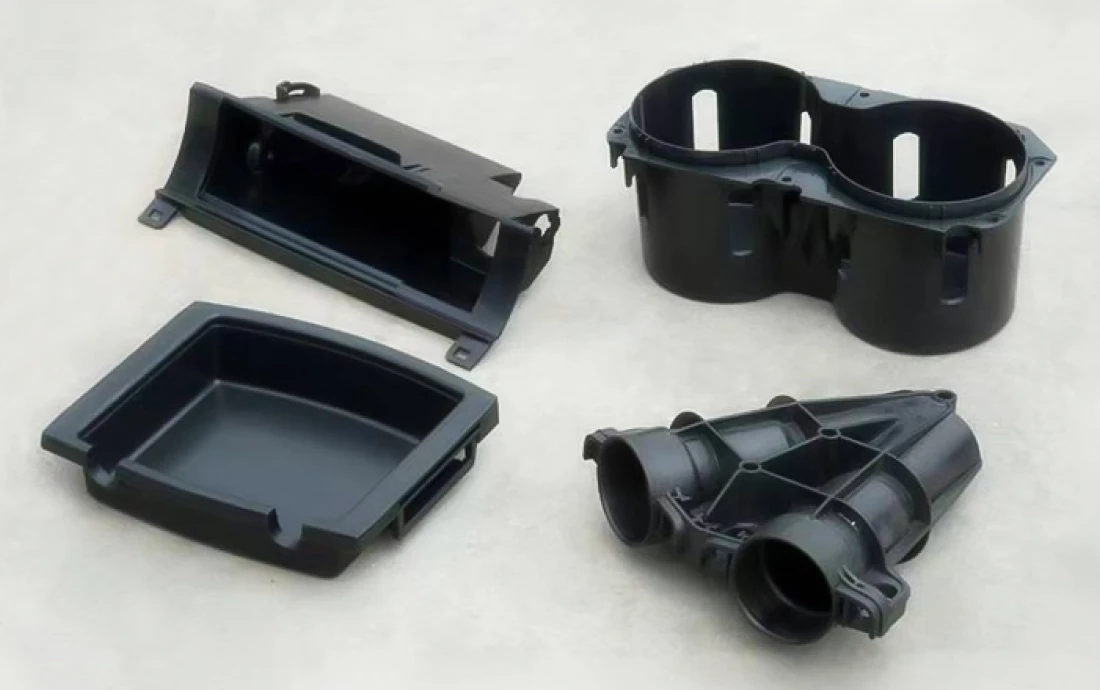- Home
- Rapid Prototyping
Fox mold
Rapidly Turn Your Product Ideas into Reality
Rapid prototyping allows you to quickly physically test your concepts and optimize features before moving to full production.
Fox Mold offers reliable rapid prototyping services tailored to your budget, time constraints, precision requirements and material preferences. We utilize a variety of production techniques to quickly develop prototypes, including vacuum molding, CNC machining, 3D printing and prototype injection molding, depending on the project requirements.
/
Fox mold
Rapid Prototyping /
The vacuum molding process involves creating a master model with a silicone mold, which is then placed in a vacuum chamber to create the final mold. In addition to creating a prototype, this can be used for low-volume production where a small batch needs to be produced in a short amount of time.
Need Rapid Prototyping?
Get a Professional Consultation Now.
With Fox Mold’s rapid prototyping process, businesses skip tedious mold development and quickly jump into creating prototypes using CAD data, cutting production time from weeks to days. It also allows for multiple product testing at one time, as it lets quality inspectors and businesses weed out potential concerns before proceeding to large-scale production.
Additionally, rapid prototyping lets you handle small-scale parts production in a few days. This is great for products with a volatile demand and limited-budget production runs.
/ Customization /
Crafting Prototypes Your Way
Fox Mold’s manufacturing expertise, honed over time, gives customers the freedom to customize their prototypes the way they want.
From adjusting the size, parameters and performance of the mold to choosing a plastic, metal or sheet metal prototype, you can rely on our production capabilities to meet your needs. We also offer a range of surface treatment options, including painting, powder coating, and electroplating, to enhance the quality of the prototype.
One-Stop Services
We support more services to meet your needs. You can count on Fox Mold to handle any molding project and make any product imagined come to life.
/ Benefits /
Why Work with Us
Let’s take your business to the next level with Fox Mold’s renowned rapid prototyping capabilities.
No MOQ Requirement
Order as many or as few prototypes as your project or budget allows, making every procurement experience as smooth as you want it to be.
Fast Turnaround Time
Leverage our manufacturing expertise and state-of-the-art machinery to produce highly detailed prototypes in 3 days, ensuring you can go from design to shelf and lead the market.
Quality Guaranteed
Nothing escapes the keen eye of our inspectors - all prototypes undergo rigorous testing before shipping to ensure quality and performance.
SQR Document Support
Along with our production capabilities, we also help companies accelerate project completion by providing relevant SQR documents detailing material and product changes.
FAQ
What is Rapid Prototyping?
Rapid Prototyping is the quick production of a physical part, assembly, or form of a product for testing and verifying the design. The major aim of the rapid prototyping is to speed up the update process. It becomes less-costly and faster compared to the conventional product development process. Besides, it ensures proactiveness given that teams are able to detect and solve problems early.
How does Rapid Prototyping work?
The goal of prototyping is to identify useful insights from users early, ensuring designs are tailored to their needs. The major manufacturing technology used is additive manufacturing. Others include casting, high-speed machining, extending and rapid injection moulding. Apart from additive manufacturing, Other traditional methods used to produce prototypes include;
Subtractive Process
The subtractive method is the process whereby a workpiece is crafted to create the needed shape withthe use of processes such as turning, grinding, and milling.
Compressive Process
This is when a liquid or semi-solid material is constrained into the needed shape before being moulded and solidified, with the employment of techniques such as sintering, compressive, or casting.
What are the advantages / benefits of Rapid Prototyping?
Rapid prototyping costs less and often allows for the creation of the model of a design at the normal price it would usually cost. The design model could save lot of money in expensive produced prototypes with faults.
Also, it saves time. With the use of 3D printing, CNC technology, and laser cutting technology, it can be easily created in less than a day.
Rapid Prototyping allows to observe a working model of the design expected. It helps to test the necessary functions.
Furthermore, it improves the quality of your product. Feedbacks help to rate how good a product is. By the creation of prototypes, products can be examined and rated, ensuring that excellence is achieved.
How much does Rapid Prototyping cost?
Rapid Prototyping costs vary depending on different factors. Rapid prototyping could cost less or more based on the technique used. Techniques such as complex geometries would need thorough processing. Simple designs could cost less but that's on a rare case. Rapid Prototyping employs different mechanisms and CAD software to produce replicas before the involvement of 3D printing or machining.
Also, expensive setbacks could be met such as under-trained staffs, or outdated machineries. Therefore, there is no exact rapid prototyping cost because prices will differ based on different factors.
Averagely, it could range from $100 to over $100,000 depending on the production factors, materials, and design.
What is Rapid Prototyping Used for/When are Rapid Prototypes Useful?
Rapid prototyping is used to quickly produce a replica model of an assembly using three-dimensional computer aided design data. The construction is usually done with the use of 3D printing mechanism.
Rapid prototyping is useful during the beginning of the design phase. It is used to quickly identify, examine, and refine ideas and flaws on time, receiving feedbacks before funding the development of the work. Rapid prototyping is also used when there is a need to approve a product concept within a tight deadline.



